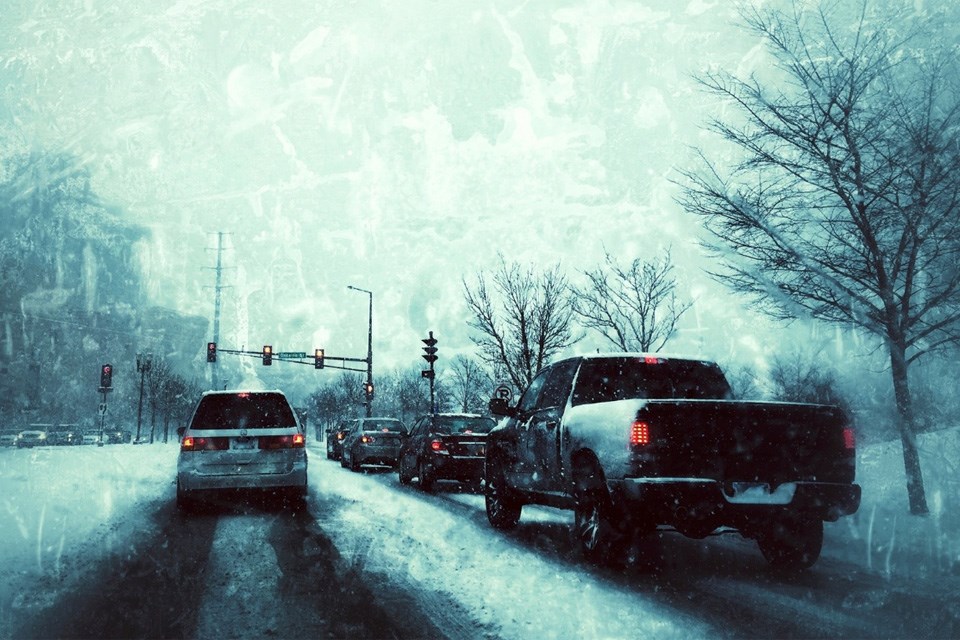Today we will take a look at defensive driving and give you some tips on how to stay safe on these icy roads.
What is defensive driving?
Defensive driving is when you – the driver – operates with a heightened level of awareness and reaction time to the stimuli in and outside of your car. It’s about being active to the situations unfolding. You do not assume that every pedestrian won’t jaywalk; you watch actively for jaywalkers. You do not assume that other drivers won’t run the red light; you keep an eye out as you traverse the intersection. You never assume that you won’t break down. You keep an emergency kit handy or join a road assistance program.
In the winter, defensive driving is even more important. People slip crossing the road. Drivers slide into intersections unintentionally. Cars hit black ice and spin. So, let’s look at how to up your defensive driving game for the season.
Tips for Defensive Driving During the Winter
Anticipate black ice
It’s called “black ice” because it’s hard to see against asphalt, but you know it’s there when your tires suddenly lose traction. Anticipate black ice on bridges, ramps, side roads and intersections where cars idle while waiting the light.
Slow down with a long lead time
Coming up to a light or stop sign? You need a longer time to stop than you think. Slamming on the brakes can send you sliding, so start slowing down by applying gentle and increasing pressure on the brakes instead and allow plenty of time for the process.
Slow down
Drive for the conditions. Maxing the speed limit is not an obligation. If cars are crawling along it can be hard to be patient, but avoid speeding. The traffic is moving slowly for a reason.
Emergency kit
Have a fully stocked emergency kit at all times. Even if you have roadside assistance, it can take an hour or longer for help to arrive. Be prepared to stay warm in your car with blankets (never run the car if the exhaust system is backed into a drift or covered), have flares and markers for safety and basic first aid for cuts and scrapes if you get into a fender bender. See the complete list of items for your kit at Alberta.ca.
Get winter tires
Winter tires are specifically designed for cold temperatures. Winter tires provide better performance than all-season tires.
Remain calm
It is inevitable. At some point the car will start to slide on ice. It’s tempting to panic and spin the wheel or slam on the brakes. Don’t do this. Look to where you want to go and make efficient but gentle corrections. If you are headed for the ditch and cannot avoid it, focus on driving down into it (as long as it is not a drop off, extremely steep, or there is a barrier or other dangerous object in the ditch). Check out SGI’s advice on this. Their whole article is worth a read; and the part about steering into a ditch safely is about halfway down the page.
Take driving lessons
Whether you are a seasoned driver or a new driver, you can always benefit from defensive driving lessons. AMA runs a driving school and there are plenty of other options across the Edmonton region. Be sure to read reviews and the curriculum before getting started.
Conclusion
Drive defensively to lower your risk accidents, skids and crashes while driving on ice. Slow down, be prepared, invest in winter tires and don’t shy away from professional driver training. The most important thing is to arrive alive at your destination.
 This story was made possible by our Community Partners Program. Thank you Davis Chevrolet for helping to expand local news coverage in Alberta. Learn more.
This story was made possible by our Community Partners Program. Thank you Davis Chevrolet for helping to expand local news coverage in Alberta. Learn more.


